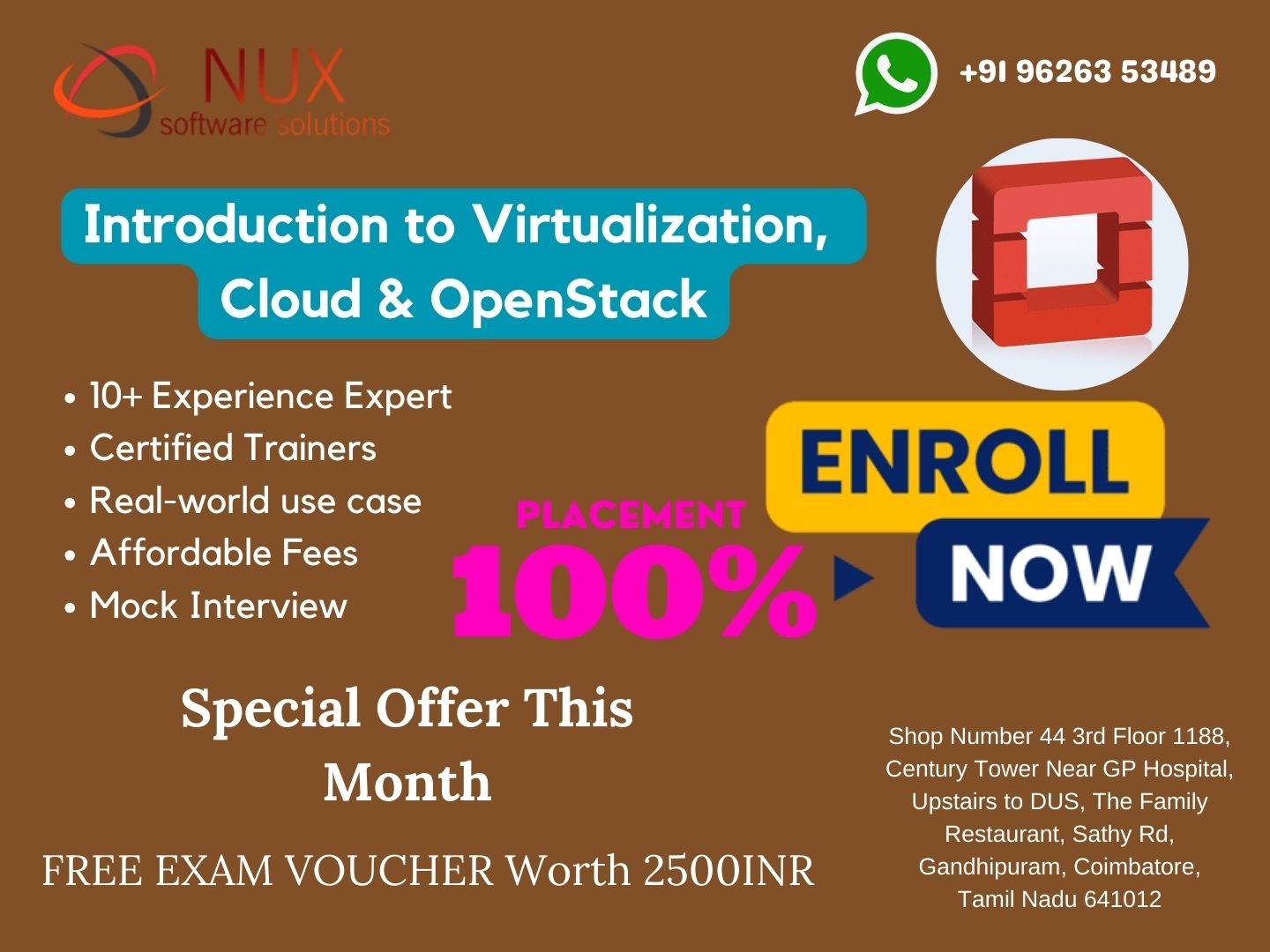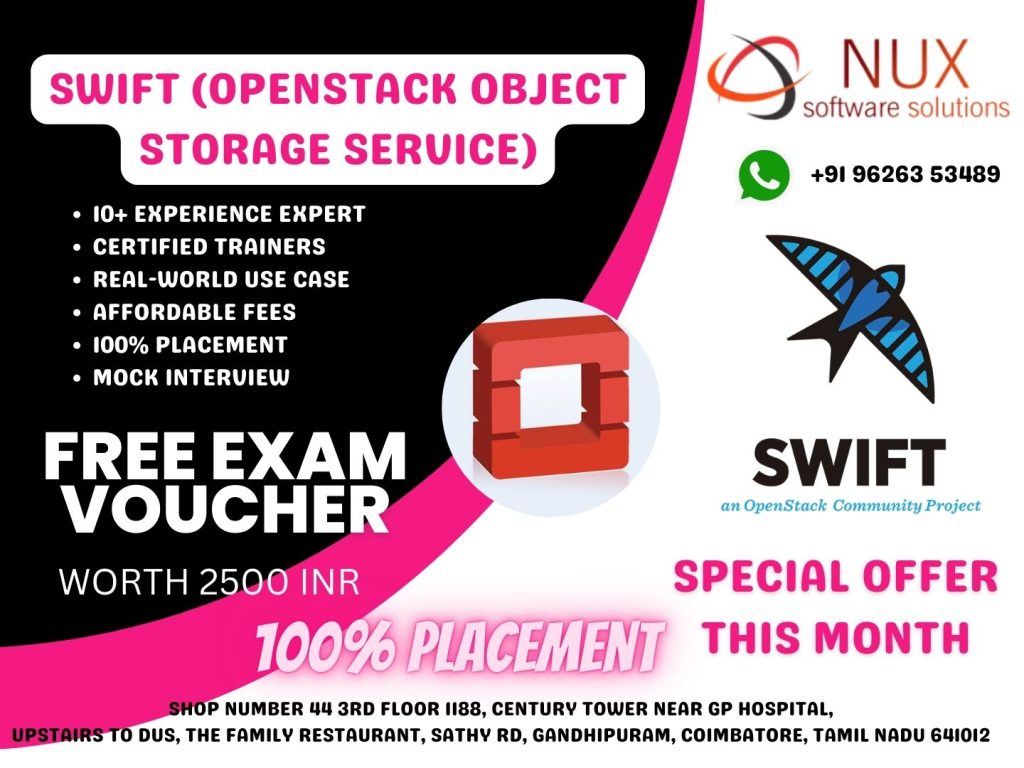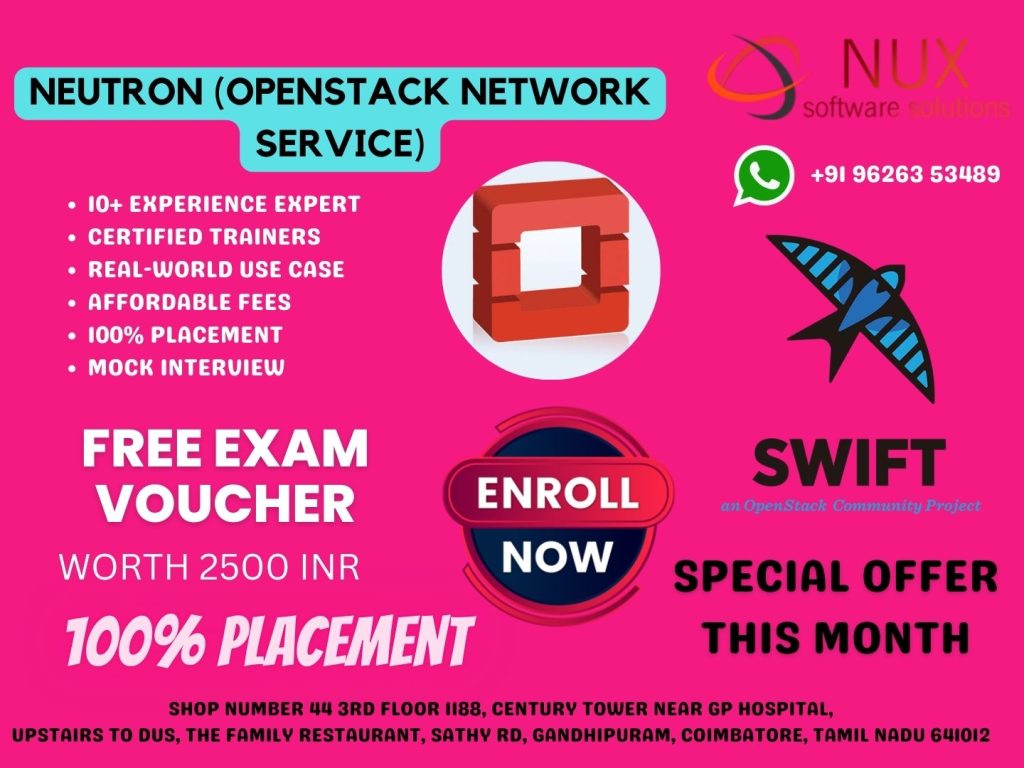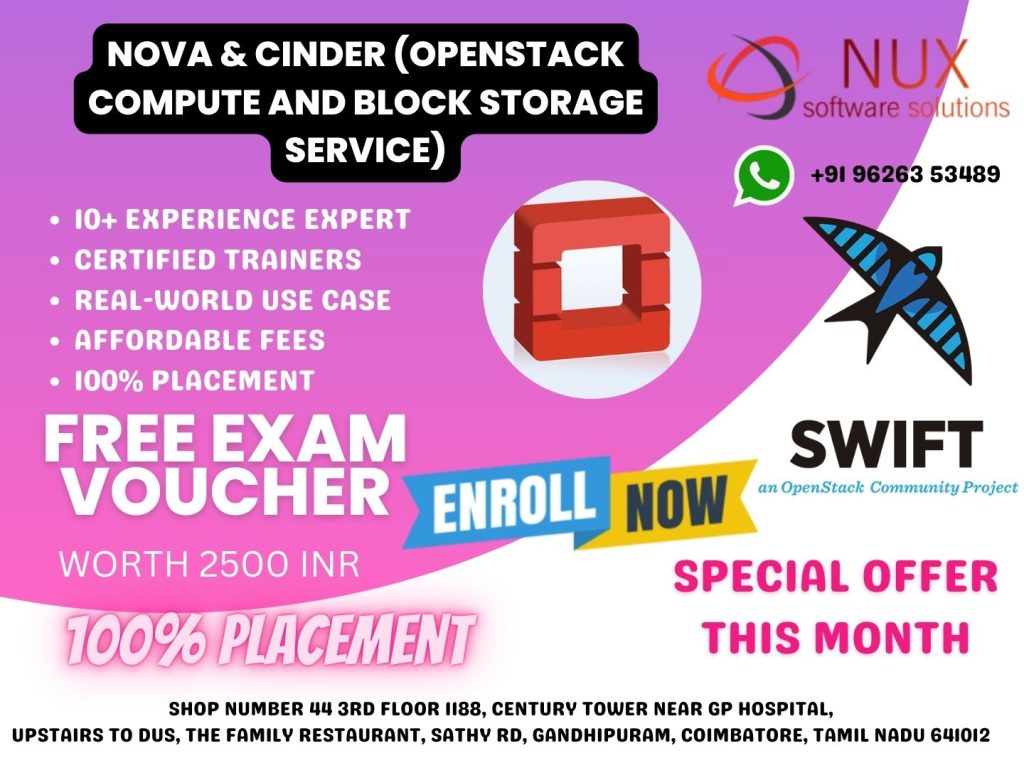Introduction to Virtualization, Cloud & OpenStack

Course Summary
This beginner-friendly course introduces participants to the core concepts of virtualization, cloud computing, and OpenStack, the leading open-source Infrastructure-as-a-Service (IaaS) platform. It is designed to provide a strong conceptual foundation combined with practical experience in setting up and working with virtual machines and cloud platforms.
Learners will explore how virtualization technologies like KVM or VirtualBox work, how cloud models differ (IaaS, PaaS, SaaS), and how OpenStack brings these together to manage scalable, multi-tenant cloud environments.
Why Choose This Course
Perfect starting point for beginners and Linux administrators new to cloud technologies
Focus on practical knowledge with hands-on lab environments
Taught by instructors with deep expertise in virtualization and OpenStack deployments
Bridges the gap between traditional IT infrastructure and modern cloud solutions
Prepares you for advanced OpenStack modules and cloud certifications
Who Should Enroll
This course is ideal for:
Linux users and system administrators exploring cloud careers
College students and fresh graduates in IT and engineering fields
Professionals transitioning from traditional IT to cloud computing
Beginners who want a structured, lab-driven introduction to cloud technologies
Organizations training entry-level staff for OpenStack environments
What You Will Learn
By the end of the course, you will understand:
The fundamentals of virtualization, hypervisors, and VM management
Key differences between bare-metal, virtualized, and cloud infrastructure
Core cloud service models: IaaS, PaaS, SaaS
Public vs private vs hybrid cloud environments
The architecture and components of the OpenStack ecosystem
The roles of services like Nova (Compute), Neutron (Networking), Keystone (Identity), and more
How to deploy basic OpenStack instances using DevStack or Packstack
Hands-on experience launching virtual machines in OpenStack
Skills You Will Gain
Understanding of virtualization platforms (KVM, VirtualBox, etc.)
Cloud computing principles and terminology
Familiarity with OpenStack dashboard (Horizon) and CLI
Setting up virtual networks, images, and compute instances
Foundational skills to move into cloud administration, DevOps, or OpenStack specialization
Career Benefits
This course helps you:
Start your career in cloud computing and open-source infrastructure
Build the foundation for advanced courses in OpenStack, AWS, or DevOps
Prepare for real-world roles in system administration, cloud support, and infrastructure teams
Develop relevant experience for internships and entry-level cloud positions
Take the First Step Into the Cloud Era
If you’re serious about a future in cloud computing, start with the fundamentals. This course provides a comprehensive launchpad into the world of virtualization, cloud infrastructure, and OpenStack.
Begin your cloud journey with us. Enroll today.
Introduction to Virtualization, Cloud & OpenStack Syllabus
Modules
1. Course Introduction, Introductions and Course objectives
2. Virtualized Data Center, Introduce components of the virtualized data center, Describe where vSphere fits into the cloud architecture, Install and use vSphere Client
3. Creating Virtual Machines, Introduce virtual machines, virtual machine hardware, and virtual machine files, Deploy a single virtual machine
4. VMware vCenter Server, Introduce the vCenter Server architecture, Introduce VMware vCenter Single Sign-On™, Install and use vSphere Web Client, Configure and manage vCenter Server Appliance, Manage vCenter Server inventory objects and licenses
5. Configuring and Managing Virtual Networks, Describe, create, and manage a standard switch, Describe and modify standard switch properties, Configure virtual switch load-balancing algorithms
6. Configuring and Managing Virtual Storage, Introduce storage protocols and device names, Configure ESXi with iSCSI, NFS, and Fibre Channel storage, Create and manage vSphere datastores
7. Virtual Machine Management, Use templates and cloning to deploy virtual machines, Modify and manage virtual machines, Create and manage virtual machine snapshots, Perform vSphere vMotion and vSphere Storage vMotion migrations, Create a VMware vSphere vApp
8. Access and Authentication Control, Control user access through roles and permissions, Configure and manage the ESXi firewall
9. Resource Management and Monitoring, Introduce virtual CPU and memory concepts, Describe methods for optimizing CPU and memory usage, Configure and manage resource pools, Monitor resource usage using vCenter Server performance graphs and alarms
10. High Availability and Fault Tolerance, Introduce the new vSphere High Availability architecture, Configure and manage a vSphere HA cluster Industry Leading VeemOne & VeemBackup Solution, Introduce vSphere Fault Tolerance
11. Scalability, Configure and manage a VMware vSphere Distributed Resource Scheduler (DRS) cluster, Configure Enhanced vMotion Compatibility, Use vSphere HA and DRS together
12. Patch Management, Use vSphere Update Manager to manage ESXi patching, Install vSphere Update Manager and the vSphere Update Manager plug-in, Create patch baselines, Scan and remediate hosts
13. Installing VMware Components, Introduce ESXi installation, Introduce vCenter Server deployment options, Describe vCenter Server hardware, software, and database requirements, Install vCenter Server (Windows-based).



